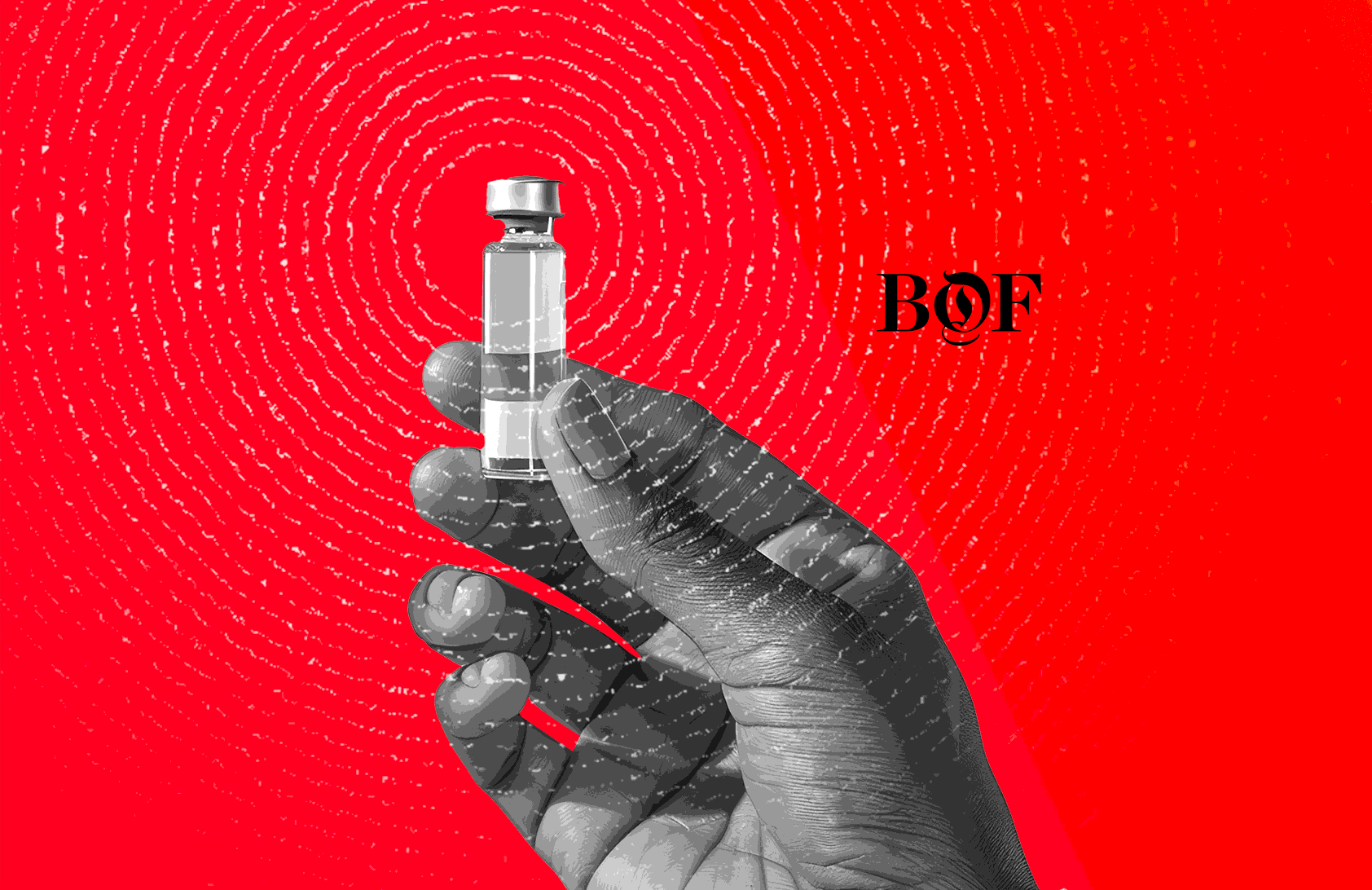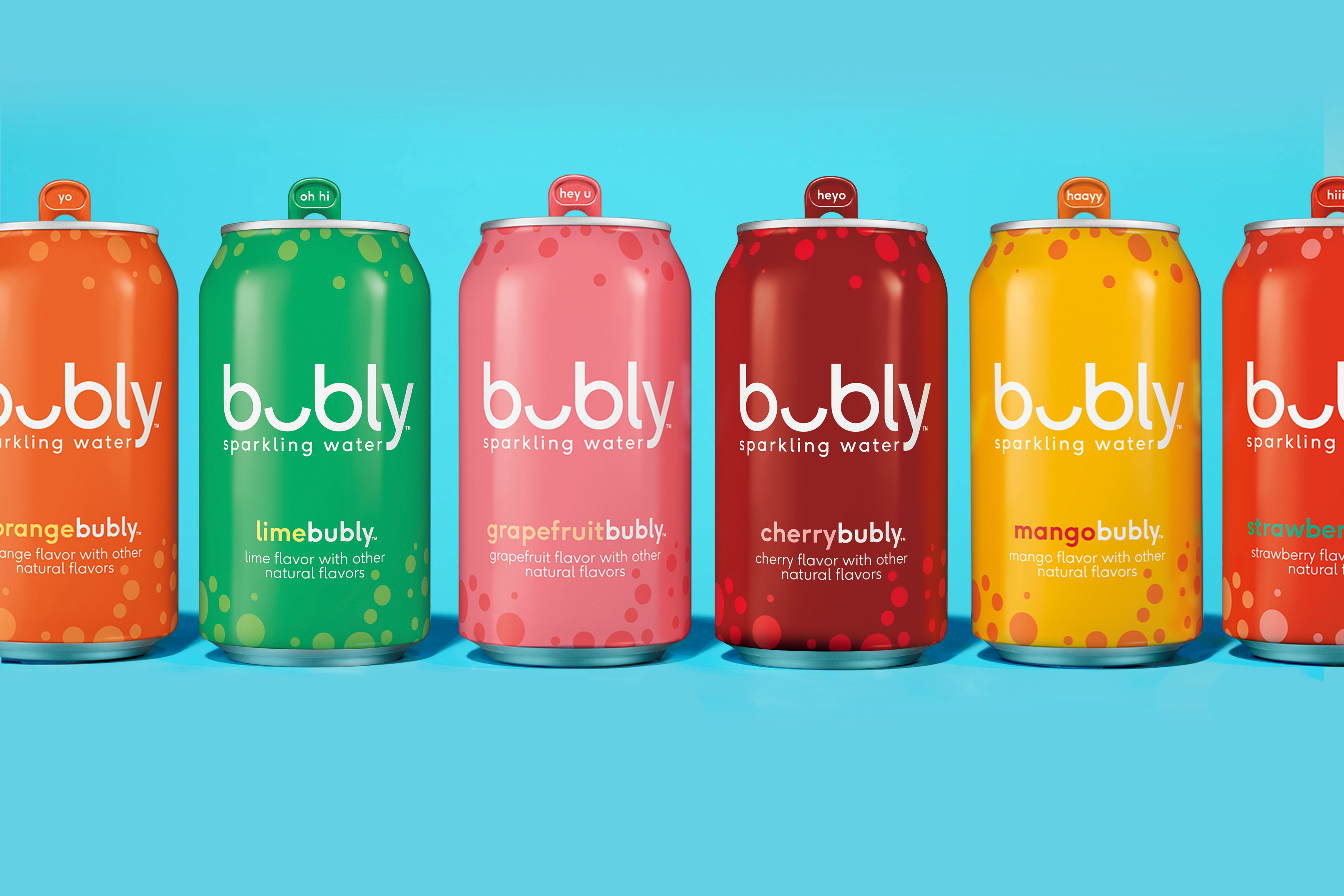Teaching an old dog new tricks...
For me, the benefit of nearly three decades in business is grey hair and a degree in hindsight. This I earned from riding the marketing wave with brands across sectors through cycles of boom and bust, taking the Army to war (as a brand) and digging RBS out of a hole during the recession, to name just a few.
The trouble with hindsight is that it tells you what’s already happened not what’s going to happen, and that’s not going to win anyone’s lottery. One of the only true advents in innovation I have witnessed in all that time – up there with the Motorola DynaTAC, the Macintosh 84, the launch of the Web and Friends Reunited – is predictive analytics.
Brands are wrestling with the changing face of consumer engagement, in a world where the web has moved from read to earned, where social has changed the nature of brand endorsement, and where tech has put the control panel into the hands of customers. We have all had to adapt our traditional models to chase consumers around a vastly different and fragmented media landscape.
So how now should we approach planning, as the old models of big idea advertising collapse into multi-channel micro transactions? With an ever multiplying demand for extended content? Surely answers lie in the knowledge collected by brands.
So here it comes...Big Data...
But what does that really mean? At its base level we’re talking about the huge volume of sales, marketing and behavioural insights collected over time, mapped against our ability to increasingly define the consequential insight from amongst this vast bank of information. Then using tech tools and channel analysis to try and make sense of it all.
Back in the day, things were simpler. Intuition and experience would be enough to deliver enough noise in fewer channels in order to prompt intention to purchase. And regression, tracking and econometric tools would tell us what just happened. Marketers knew their numbers and what to do if they showed signs of change.
Trouble is today everything has proliferated. Insight tools, like econometrics, have been twisted to justify traditional channel spend. Plus, we’ve all matured as consumers and have become way more discerning and brand savvy.
So where didactic may have worked before – shout loud enough and people will listen – we now have to rethink our approach to align our propositions to the most important words in any language…our customers first and second names.
This of course implies a bit of a 180 degree turn on our approach to brand planning, whilst trying to align the multi-channel planets and personalise customer engagement. This all spells out the big RISK word which normally sends us scurrying back to the good old status quo.
But, the landscape has changed. We’re seeing the silos of sales, marketing and IT beginning to merge and traditional distinctions between marketing and IT road maps beginning to blur…
It’s a bit of a what, so what, now what moment?
At Black Swan Data we believe in separating the signals (the bits of information that really matter) from the noise (all that big data we are getting so excited about).
But if finding the signals takes the brains of an Archbishop – or in our case a team of data scientists – defining how to use them is what separates us from the rest of the big data crowd. We get there fast and help our partners activate pilots, which prove hypotheses and most importantly help them make money. We are also pretty good at helping businesses navigate the changing relationships between insight, marketing supply chain and IT.
One thing’s for sure after 30 years of watching the evolution of marketing turn from a surging torrent into a lazy delta, this old dog is learning new tricks and tearing up the rule book. Why? Because this stuff really is the Holy Grail which senior marketers have been seeking for a good while.















